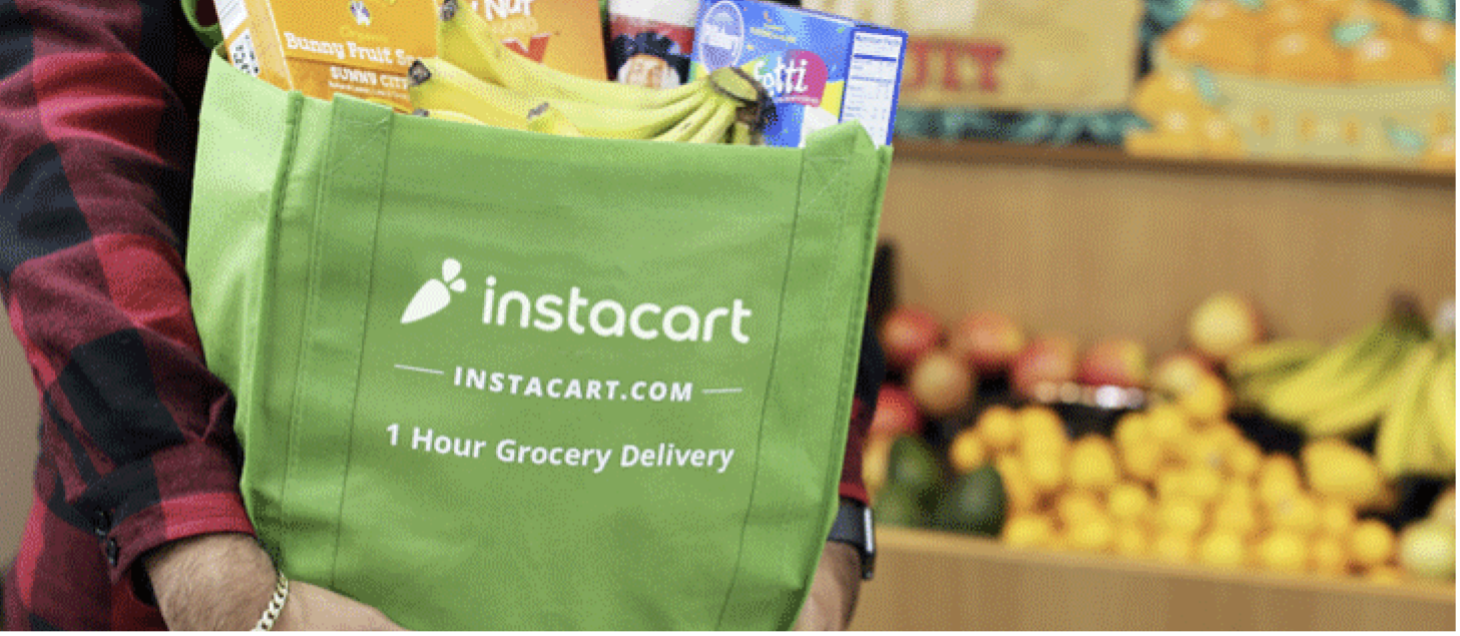I wasn’t surprised to see grocery tech platform Instacart announce that they are going public soon.
That seems very much the right strategy for them at this point of time in their growth cycle.
I highly doubt that this will kick start the IPO market because high-interest rates are prohibitive to young tech companies growing.
Funnily enough, Instacart is nothing new so it won’t mesmerize the incremental investor with a flashy business model they’ve never seen.
They were founded in 2012 and experienced a pandemic bump in sales as citizens were arbitrarily locked in their apartments.
Naturally, the dynamics behind the living situations meant that online grocers rode a lucky streak to profits and Instacart had some gaudy growth numbers for the a few years.
Fast forward to today, and people aren’t in lockdown again even though with U.S. elections coming up next year…things could get interesting.
Conditions today dictate that Instacart can kiss the massive growth numbers goodbye, and goodbye forever as management basically translated that to potential shareholders during the IPO roadshow.
The San Francisco-based company also revealed it turned a profit in the first half of the year which should be the high water market forever for this digital grocer.
Behind them are dozens of startups whose IPO aspirations have been stymied by the slowest year at this point for new listings since the depths of the financial crisis in 2009.
What kind of bad news am I talking about?
The company cut its internal valuation three times last year to about $13 billion by last October.
A half-dozen acquisitions have contributed to Instacart’s growth. Its largest was the $350 million purchase in 2021 of Caper AI, which offers retailers “smart” shopping carts that eliminate the need for customers to individually scan groceries or to line up at checkout.
The consumer-facing Marketplace is powered by more than 600,000 independent contractors — known as shoppers — who pick up items for consumers at more than 1,400 retailers including Kroger, Publix, and Walmart, across more than 80,000 stores in North America.
But growth in this core part of Instacart’s business has slowed to a snail's pace. Orders remained relatively consistent from 132.3 million for the six months ended June 30 2022 to 132.9 million for the same period in 2023. Gross transaction value increased 4% to $14.9 billion for the first half of this year, according to the filing.
Net income grew as a percent of gross transaction value from a loss of 0.3% in 2021 to a profit of 1.5% in 2022.
In conclusion, this reminds me of a liquidity grab for the Silicon Valley venture capitalists who own this company.
The company’s stock price will most likely grind lower as expenses explode.
The VCs rather liquidate this holding rather than tap the expensive debt markets.
Don’t forget that Instacart sub-contracts people to fetch the groceries and hard to see keeping a lid on those types of expenses.
Going public could result in around $2 billion in liquid cash infusion for the venture capitalists which is a godsend in today’s world.
They could just park the capital in 6% yielding fixed income instead of holding a sinking valuation in a company that likely will never do better than it did in 2021.
Retail traders should wait for any spike in this stock, and then sell this name to moon because I don’t see any sustainable growth on the horizon as their gross transaction volume has already topped out at a paltry 4%.


